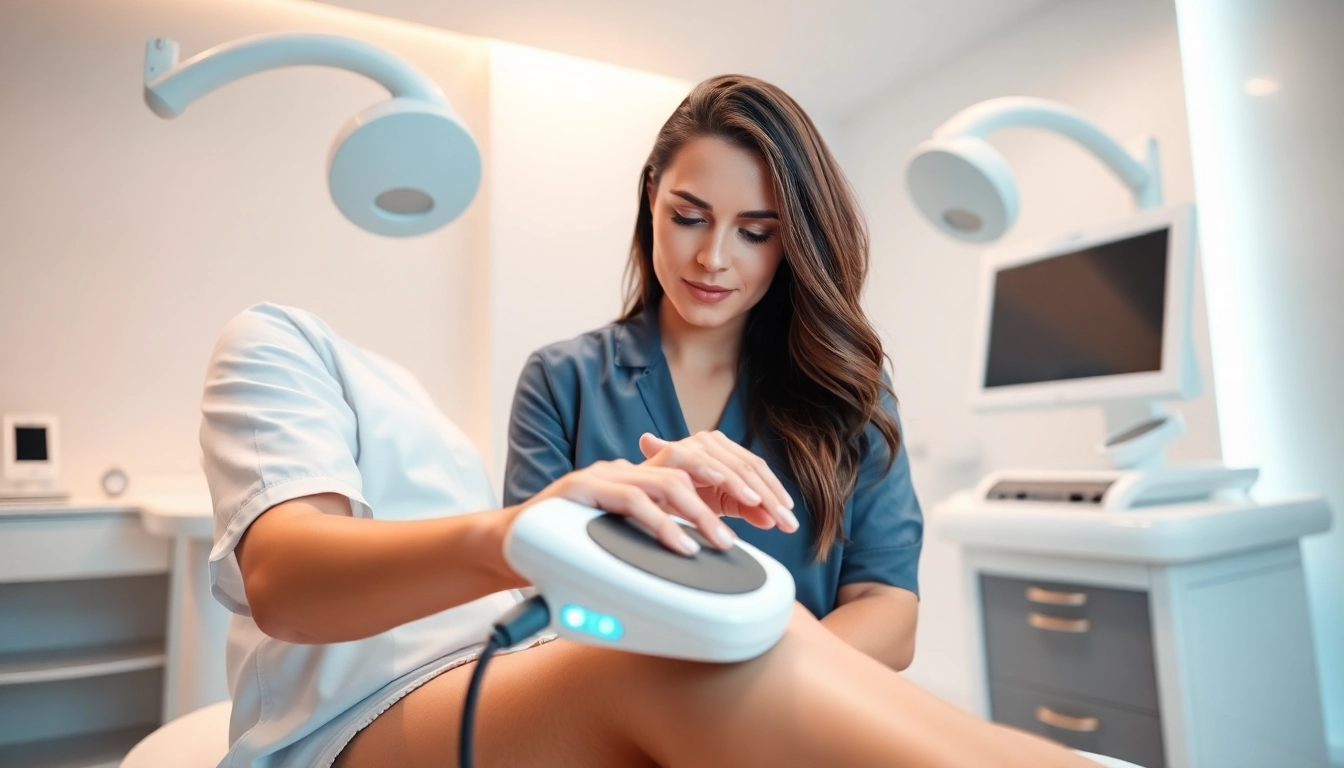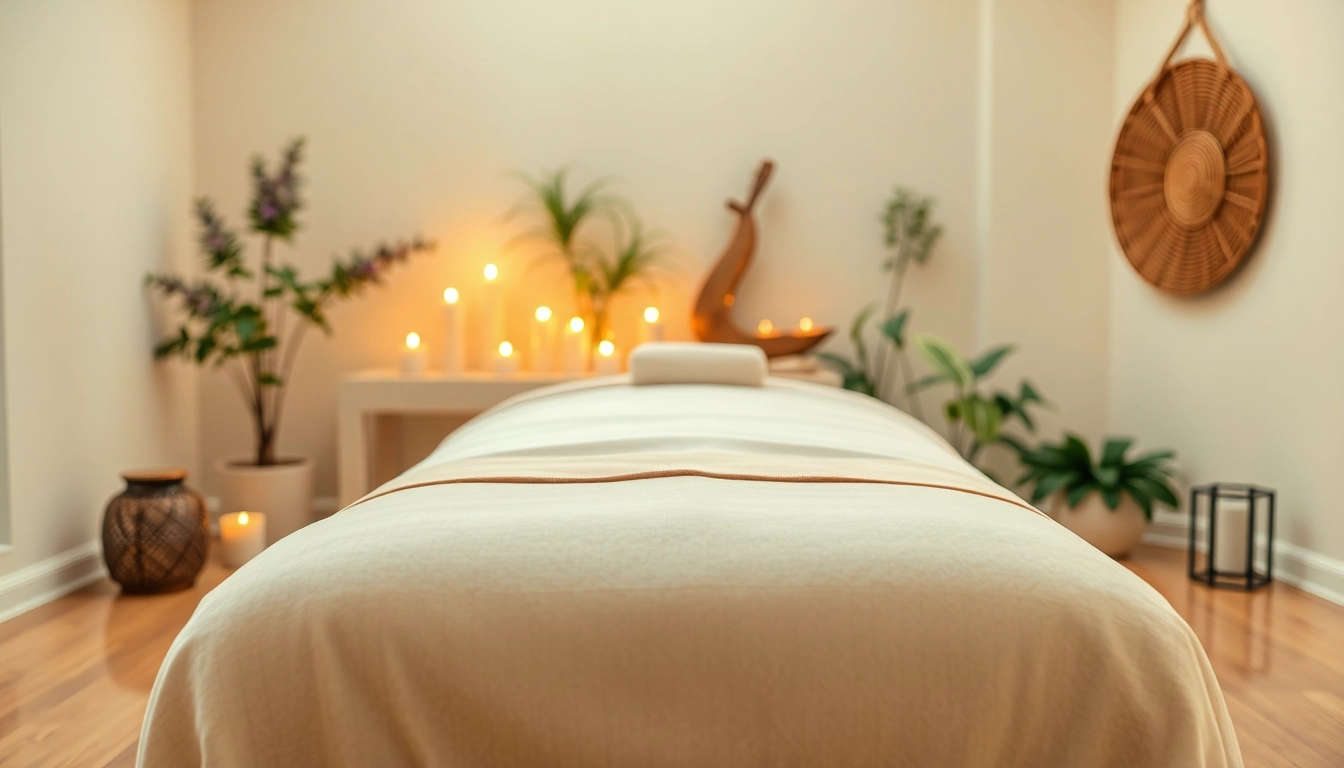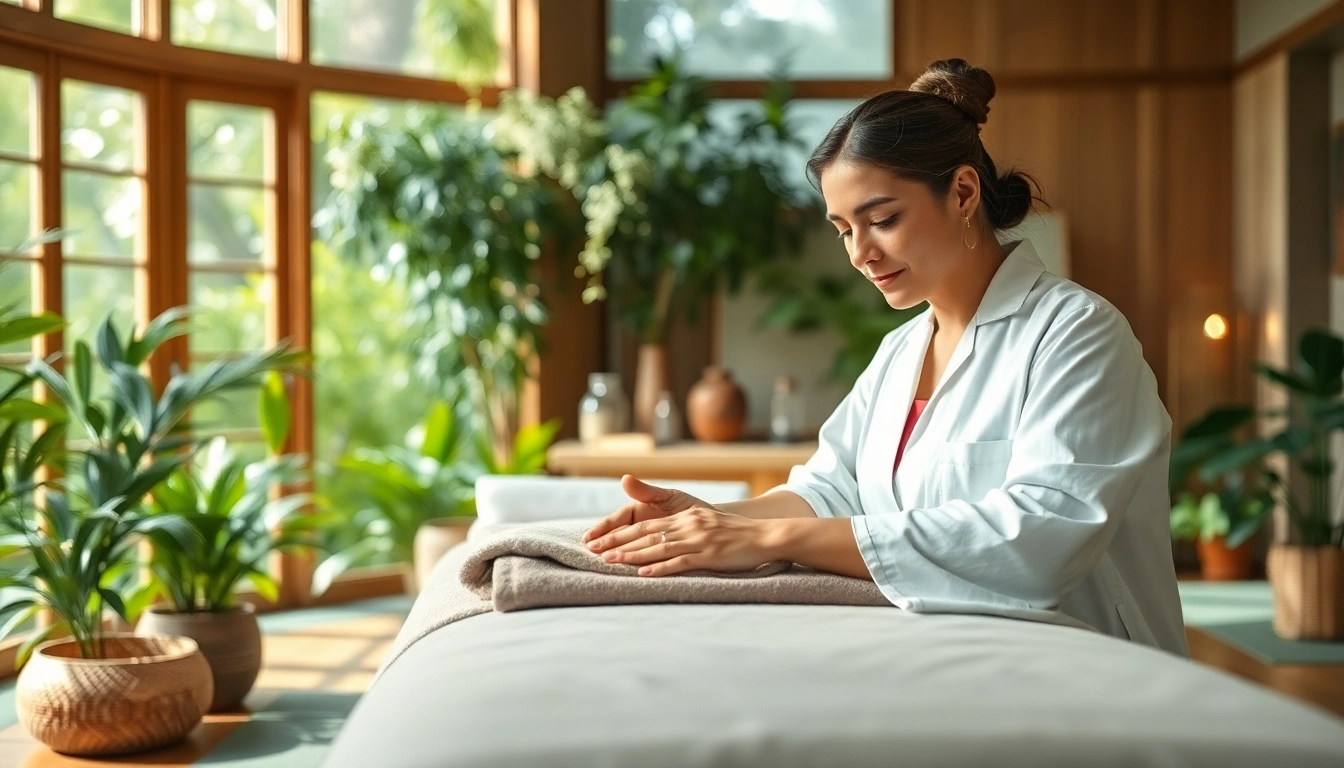Understanding Cellulite and Its Causes
What is Cellulite?
Cellulite is a term that describes the dimpled, lumpy appearance of the skin, most commonly found on the thighs, hips, buttocks, and abdomen. This aesthetic concern arises when fat deposits push through the connective tissue beneath the skin, leading to the characteristic “cottage cheese” or “orange peel” texture that many individuals seek to treat. While cellulite is often perceived as a cosmetic issue, it can affect self-esteem and body image, prompting a quest for effective solutions. Understanding the fundamentals of cellulite is the first step in the journey toward effective cellulite therapy.
Factors Contributing to Cellulite
Several factors contribute to the development of cellulite, including genetics, hormonal changes, diet, lifestyle, and body composition. Hormones like estrogen play a critical role in the distribution of fat in the body and can influence connective tissue structure. Genetics may dictate how fat is distributed and the thickness of the skin, and individuals with a family history of cellulite may be more predisposed to its appearance.
Lifestyle choices, such as physical inactivity, poor diet, and smoking, can exacerbate cellulite. Inadequate hydration and high-stress levels may also impair circulation and lymphatic drainage, worsening the condition. Furthermore, as women age, collagen production decreases, and skin loses elasticity, leading to a greater propensity for cellulite formation.
Common Myths About Cellulite
Misinformation about cellulite can lead to misunderstanding and ineffective treatment methods. One common myth is that only overweight individuals can develop cellulite. In reality, cellulite can affect people of all shapes and sizes, as it is primarily influenced by genetics, skin structure, and lifestyle factors.
Another myth is that cellulite is caused solely by excess fat. While fat plays a role, factors like skin thickness, body composition, and connective tissue quality are also significant. Additionally, many believe that topical creams can eliminate cellulite; however, most topical solutions only provide temporary improvements by dehydrating the skin or improving its texture, rather than addressing the underlying causes.
Popular Cellulite Therapy Techniques
Non-Invasive Treatments Overview
Several non-invasive techniques have emerged as popular options for addressing cellulite without the need for surgery. These methods are designed to decrease the appearance of dimpling by promoting skin texture improvement, reducing fat deposits, and enhancing blood circulation.
Examples of non-invasive treatments include:
- Topical Treatments: Creams containing caffeine, retinoids, and peptides claim to smooth the skin and improve firmness. Although results may vary, consistent use is crucial for any potential benefits.
- Acoustic Wave Therapy: This technique utilizes sound waves to break apart fat cell structures, promoting smoother skin. Sessions are generally painless and are becoming increasingly popular in cosmetic clinics.
- Endermologie: A mechanical massage treatment that uses a suction mechanism to pull the skin, helping improve circulation and lymphatic drainage, thereby reducing the visibility of cellulite.
Minimally Invasive Procedures
For individuals seeking more pronounced results, minimally invasive treatments can offer a solution with quicker recovery times than traditional surgical options. These procedures generally involve fewer risks and can be performed in an outpatient setting.
Key procedures include:
- Cellfina: A popular treatment involving a small blade inserted under the skin to sever fibrous bands that cause the dimpling effect of cellulite. Patients typically see long-lasting results after just one session.
- Laser Treatments: These may involve inserting a laser fiber beneath the skin to disrupt fat cells and strengthen connective tissue, which can improve skin texture.
- Subcision: A technique that involves making small incisions to break apart the bands under the skin, which can help improve the skin’s surface and texture.
At-Home Remedies for Cellulite
Many individuals opt for at-home remedies as a cost-effective alternative to professional treatments. While these methods may not yield dramatic results, they can help improve the skin’s appearance over time.
Some effective home treatments include:
- Regular Exercise: Engaging in physical activity, especially strength training and cardio, can help reduce body fat and improve muscle tone, which may reduce the appearance of cellulite.
- Healthy Nutrition: A balanced diet rich in fruits, vegetables, whole grains, and healthy fats can improve skin elasticity and support overall body function. Proper hydration is also critical for maintaining skin health.
- Massage Techniques: Incorporating massage or dry brushing can stimulate circulation and lymphatic drainage, which may aid in reducing the appearance of cellulite.
Benefits and Effectiveness of Cellulite Therapy
Short-Term vs. Long-Term Results
Understanding the expected outcomes from various cellulite treatments can help set realistic expectations. Non-invasive treatments often provide immediate results, such as smoother skin and improved texture, which may last for several weeks. However, these improvements can diminish over time, necessitating repeat treatments.
Minimally invasive procedures tend to offer longer-lasting benefits, often maintaining results for months or even years with proper aftercare. It’s crucial for patients to communicate with their providers to choose the right treatment based on their goals and the duration of desired effects.
Expected Recovery Times for Each Treatment
Recovery time varies significantly between treatments. Non-invasive methods typically require little to no downtime, allowing individuals to resume daily activities immediately after treatment.
In contrast, minimally invasive treatments like Cellfina and laser therapies may result in bruising, swelling, or tenderness, necessitating some time off from vigorous activities. Patients may need one to two weeks to fully recover, depending on the procedure’s intensity and their body’s response.
Real Patient Testimonials
Gathering real patient experiences can provide invaluable insights into the nuances of various cellulite therapies. Many individuals report increased confidence and satisfaction with their appearance post-treatment, often remarking on how these changes have positively influenced their self-image and willingness to wear certain clothing styles.
While results vary, the majority of testimonials highlight the importance of combining therapy with a healthy lifestyle for optimal outcomes. Incorporating exercise and diet modifications alongside treatments shows a commitment to long-term improvement.
Preparing for a Cellulite Therapy Session
What to Expect During Your Visit
For those unfamiliar with cellulite therapy, understanding what to expect during the first visit can ease anxiety. Initial consultations typically involve a discussion of goals and concerns, with the practitioner assessing the areas of concern. This assessment helps formulate a personalized treatment plan tailored to the individual’s unique needs.
Some clinics may perform a skin analysis or require photographs for comparison during follow-up visits. In addition, potential candidates should expect to discuss their medical history and any medications they are currently taking to ensure safety during treatment.
Post-Treatment Care Instructions
Post-treatment care is a vital component of cellulite therapy. Depending on the chosen method, patients may be advised to avoid strenuous exercise, hot baths, or sun exposure for a specified period. Keeping the treated area moisturized can aid in recovery and enhance results.
Some practitioners may recommend follow-up sessions or specific at-home care routines. Staying hydrated and maintaining a balanced diet will also support skin health and prolong results.
Choosing the Right Specialist for Cellulite Therapy
Finding the right specialist is crucial for achieving satisfactory results. Those considering cellulite therapy should seek practitioners with expertise in this area, verifying their credentials and asking for before-and-after photos of past patients. Reading testimonials and reviews can also provide genuine insight into the practitioner’s skill and patient satisfaction.
Additionally, potential clients should feel comfortable discussing their concerns and asking questions about the proposed treatment plan, ensuring they have a positive and transparent relationship with their provider.
Future Trends in Cellulite Therapy
Innovations in Treatment Technologies
The field of cellulite therapy continues to evolve, with emerging technologies promising enhanced effectiveness and patient comfort. Innovations, such as radiofrequency and ultrasound devices, are being explored for their ability to target cellulite more efficiently while promoting collagen production and skin tightening.
Moreover, developments in non-invasive techniques, such as cryolipolysis (fat freezing) and injectable treatments, are paving the way for versatile options to address various degrees of cellulite. Staying informed about these advancements will empower individuals in making educated choices about their treatment options.
Research Insights on Cellulite Treatments
Ongoing research remains essential in understanding cellulite better and refining treatment protocols. Clinical studies continue to evaluate the long-term efficacy of various therapies, ensuring practitioners stay informed on practices that yield the best outcomes. Insights gained from these investigations help integrate evidence-based practices into routine care, offering patients improved treatment experiences.
Potential Lifestyle Changes for Enhanced Results
While many treatment options exist for those looking to reduce the appearance of cellulite, adopting a comprehensive lifestyle approach can enhance the benefits of any therapy. Incorporating regular physical activity, consisting of both aerobic and strength-training exercises, can improve overall body composition and reduce the appearance of cellulite.
Moreover, maintaining a nutrient-rich diet that emphasizes hydration, whole grains, fruits, and vegetables can support skin elasticity and overall health. Addressing stress through practices like yoga or meditation can also play a significant role in supporting both physical and mental well-being, promoting a holistic approach to managing cellulite.



